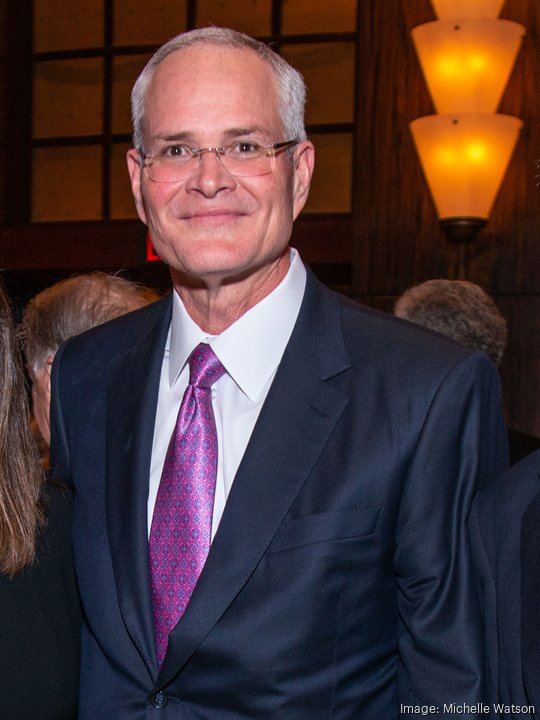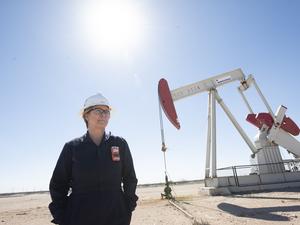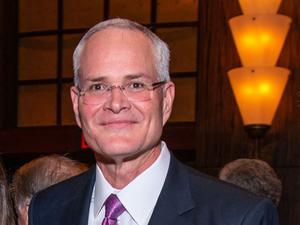
Irving, Texas-based Exxon Mobil Corp. (NYSE: XOM) is eyeing a massive carbon capture and storage project, and it believes the Houston area would be a perfect place to build it.
The project that Exxon is envisioning could result in an estimated combined investment of $100 billion or more, supported by both industry and government, according to a blog post by Joe Blommaert, president of ExxonMobil Low Carbon Solutions. Exxon CEO Darren Woods recently said during CERAWeek by IHS Markit that the company is preparing to invest $3 billion in its low-carbon solutions business line by 2025.
The energy giant, which already has a major presence in the Houston area, has been looking at carbon capture and storage technology for a decade, and Woods said he feels good about the progress it has made in that space. For the past three years, the company "has been assessing the concept of multiuser CCS 'hubs' in industrial areas located near geologic storage sites, such as depleted oil and gas reservoirs," Blommaert said.
Houston not only has many large industrial emission sources, but it's also located near geologic formations in the Gulf of Mexico, where Exxon believes large amounts of carbon dioxide could be stored "safely, securely and permanently," Blommaert notes.
"The U.S. Department of Energy estimates that storage capacity along the U.S. Gulf Coast is enough to hold 500 billion metric tons of CO2 — more than 130 years of the country’s total industrial and power generation emissions, based on 2018 data," Blommaert states.
Exxon estimates that a Houston project could capture and permanently store about 50 million metric tons of CO2 annually by 2030 and 100 million metric tons by 2040. For comparison, 13 million metric tons of CO2 were captured nationwide in 2019, according to a Global CCS Institute figure cited by Exxon.
Exxon is envisioning what it calls a CCS Innovation Zone along the Houston Ship Channel, with the lessons learned there replicated in other parts of the country. However, Blommaert states the idea will need collaboration among federal, state and local officials as well as business support from across industries and community support.
"It will need government and private-sector funding, as well as enhanced regulatory and legal frameworks that enable investment and innovation," Blommaert said. "That’s why we envision a 'zone' approach, similar to other public-private initiatives established to facilitate economic growth or tackle other broad societal challenges."
As companies and governments announce goals to achieve net-zero carbon emissions in the coming decades, CCS projects are among some of the ideas proposed to help with the transition.
For instance, a joint venture subsidiary under Houston-based Occidental Petroleum Corp. (NYSE: OXY) is considering a project to build a direct-air carbon capture plant in West Texas. The $811 million project would capture carbon dioxide out of the local atmosphere and process it into an industrial gas for use by Occidental and other upstream oil and gas customers in enhanced oil recovery. That process would inject it into geological formations below the surface and keep it out of the atmosphere.
The project would be able to extract up to 500,000 metric tons of CO2 per year — the equivalent of taking almost 108,000 passenger cars off the road. Eventually, expansions would bring that up to 1 million metric tons of CO2 per year, which would make it the largest direct-air carbon capture facility in the world, the company said.
Oxy CEO Vicki Hollub said recently that she thinks the company will be a carbon-management business, not an oil company, in the next 15 to 20 years.








